Human-machine interfaces significantly influence the development of autonomous vehicles
Date: 05/07/2024
The transition to connected vehicles is gaining momentum, propelled by advancements in technology and increasing demand for safer, more efficient transportation options. This shift promises significant benefits, including reduced traffic congestion, lower emissions, and fewer accidents caused by human error. As industries and governments invest in these technologies, autonomous vehicles are poised to revolutionize the way we commute, delivering a smarter, cleaner, and more sustainable future of transportation for road travel.
What is an autonomous vehicle?
An autonomous vehicle is a self-driving vehicle that can operate without human intervention by utilizing advanced sensors, artificial intelligence, and machine learning. These vehicles rely on technologies such as LiDAR, radar, cameras, and GPS to navigate, detect obstacles, and make real-time driving decisions. The goal of autonomous connected vehicles is to enhance safety, reduce traffic congestion, and optimize transportation efficiency. They can be used in various applications, including passenger transport, logistics, and industrial automation.

Understanding SAE Levels of Automation: From Manual to Fully Autonomous Vehicles
Autonomous driving is categorized into six levels by the Society of Automotive Engineers (SAE), ranging from Level 0 to Level 5. Level 0 indicates no automation; the driver controls all aspects of the vehicle. Level 1 introduces basic automation like cruise control. Level 2 combines automated functions, but the driver must remain engaged. Level 3 allows for conditional automation, handling most tasks but requiring driver intervention in complex situations. Level 4 vehicles can operate independently in specific conditions, and Level 5 represents fully autonomous vehicles, requiring no human input under any driving scenario.
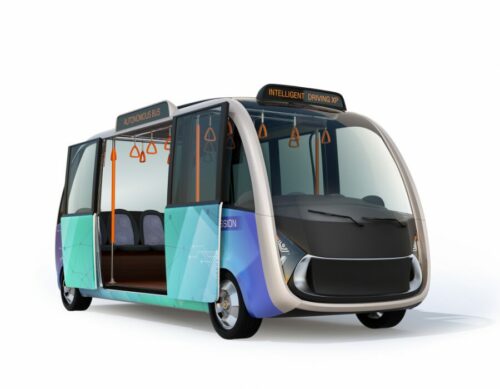
Why are HMIS needed in autonomous driving?
Currently, most autonomous vehicles operate at Level 3. This “conditional driving automation” means the vehicle can handle itself under certain conditions, allowing the driver to disengage from active control, but still requires human intervention in more complex or severe scenarios. For instance, a vehicle with a “conditional driving automation” (level 3) can be a traffic jam chauffeur on the highway. Indeed, the vehicle accelerates and decelerates autonomously keeping a safe distance according to the density of the traffic jam. Similarly, the steering wheel follows the trajectories of the lane by itself. However, if the lines are not drawn on the track, the driver must regain control of the vehicle. This necessity highlights the critical role of Human Machine Interfaces in these vehicles. Even as they navigate autonomously, situations arise—like severe weather or unexpected roadblocks—where a human must take over.
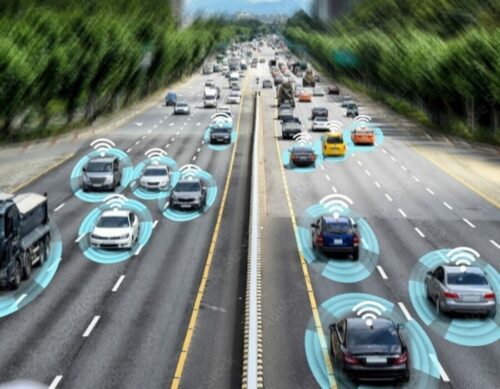
In these instances, the vehicle’s HMI becomes crucial. These interfaces, that are often hidden in a service unit or in an engineer panel in the form of a joystick, allow the vehicle to be controlled manually. This manual intervention is essential for tasks such as parking or navigating around unforeseen obstacles when autonomous features temporarily fall short.
The role of an autonomous vehicle operator becomes vital in these scenarios to ensure safety and efficiency. It’s also crucial to consider the dangers of self-driving cars, such as system failures or hacking, which necessitate reliable HMIs for human intervention.
Expanding autonomous vehicle applications: from UGVs to smart farm robots
Beyond passenger cars, autonomous vehicles play an essential role in various industries:
Agricultural robots & smart farm robots: the agricultural sector is witnessing a revolution with the rise of autonomous robots that assist in planting, harvesting, and monitoring crops. These autonomous vehicles improve efficiency and reduce reliance on manual labor.
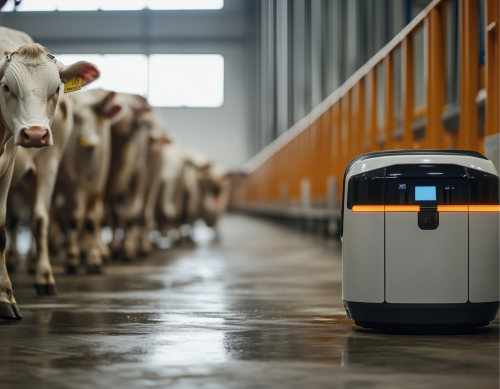
UGVs (Unmanned Ground Vehicles) & UAVs (Unmanned Aerial Vehicles): used extensively in defense, logistics, and emergency response, autonomous ground vehicle and UAVs operate without human intervention, enhancing safety and efficiency in hazardous environments.

Mining applications: autonomous ground vehicles in mining operate in remote or dangerous areas, reducing risks to human workers while improving efficiency and safety.

e-Transportation & last-mile delivery: the rise of autonomous delivery vehicles, such as shuttles and last-mile robots, is transforming urban logistics by providing efficient and cost-effective solutions for parcel distribution.
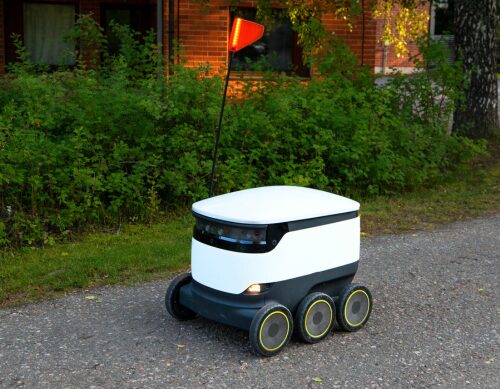
Special vehicles for industrial use: : autonomous heavy-duty vehicles, including those designed to move shipping containers in ports, optimize industrial operations by reducing manual workload and improving precision.
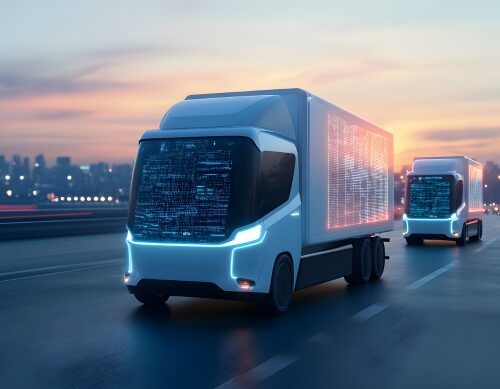
APEM’s HMIs for Autonomous Vehicles
At APEM, we are committed to the challenges of new forms of smart mobility solutions and public transport. We aspire to build the mobility experience of tomorrow. Consequently, we supply robust components tailored for these autonomous systems. Products like the CW, IP, and XA series are engineered to meet the specific demands of autonomous vehicles. With its hall effect, the CW series provides proportional control in one miniature axis whereas the IP series has an operating temperature ranging from -45°C to +85°C and a service life of 500,000 cycles. Meanwhile, the XA series from IDEC, an E stop, is equipped with new technology called safe break action. The safe break action design reverses the energy direction and uses the spring-pressure to assure that the NC contacts will open if the emergency stop switch is damaged or the contact blocks separate due to excessive force. Overall, these components combining ergonomics and robustness ensure reliability and precision in high-stakes environments, contributing to the future of autonomous vehicles.
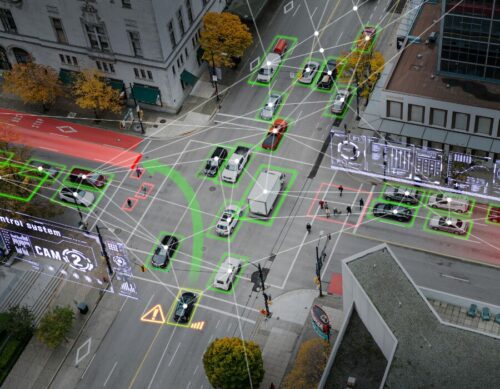
Contact Us
Sign up to receive our newsletter, emails about special offers, updates and new releases.
You might be interested in this
TREND
2024/05/02
TREND
2023/11/20
TREND
2025/02/19
Get the help and resources you need quickly with APEM
If you have questions or suggestions, we’re here to listen.
Our sales and support set the standard for helping you.
All the technical documentation you need to make things work...